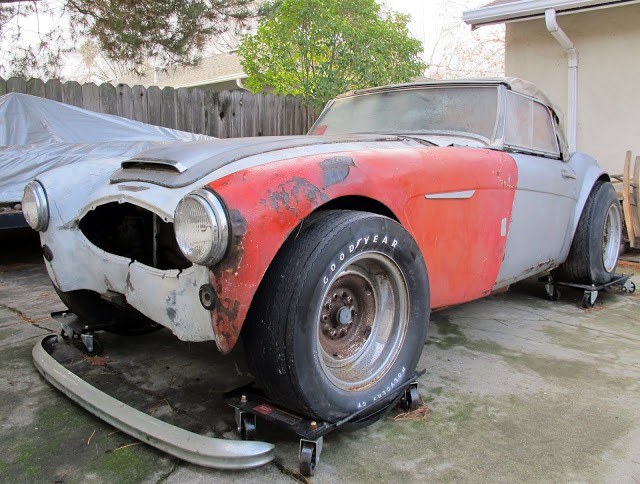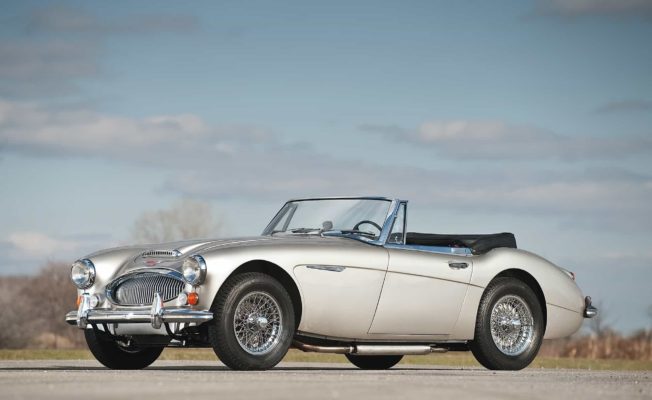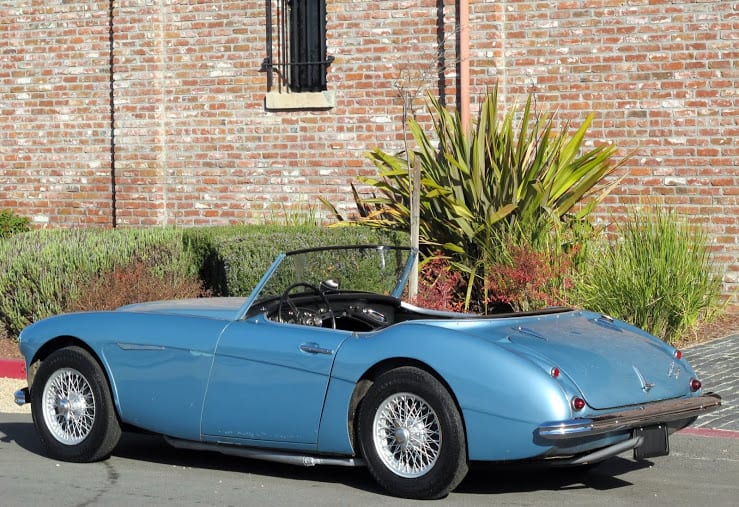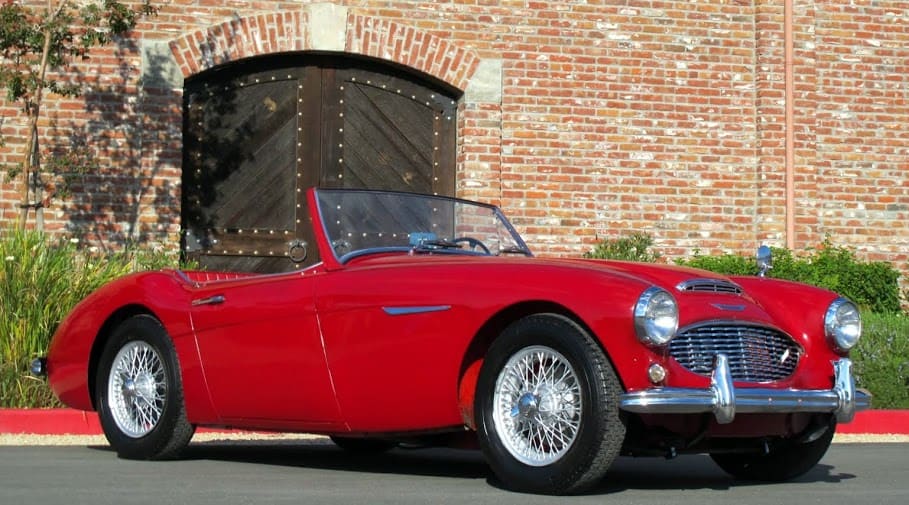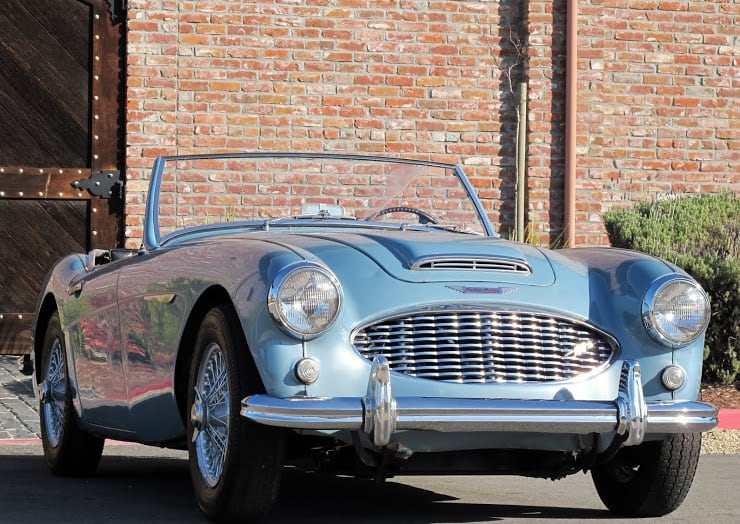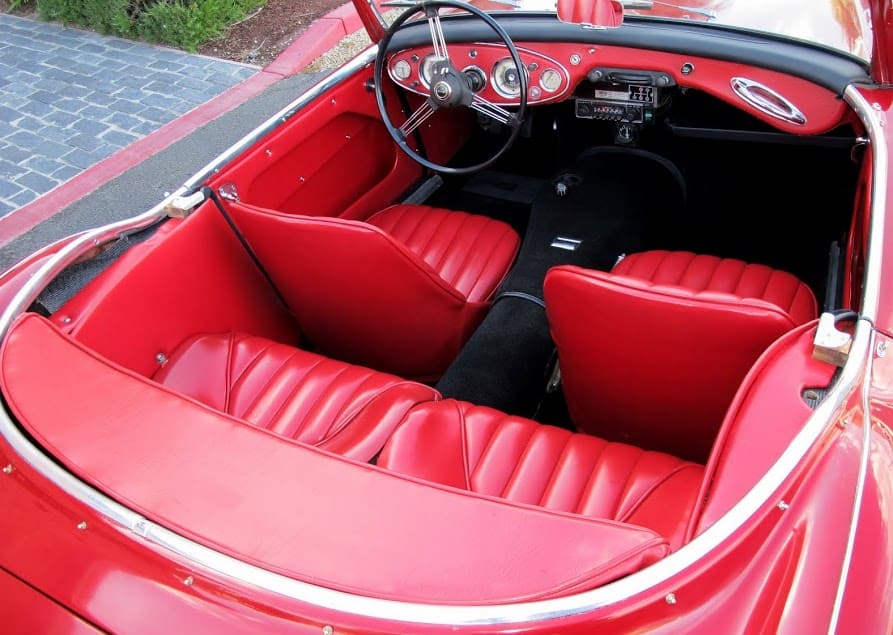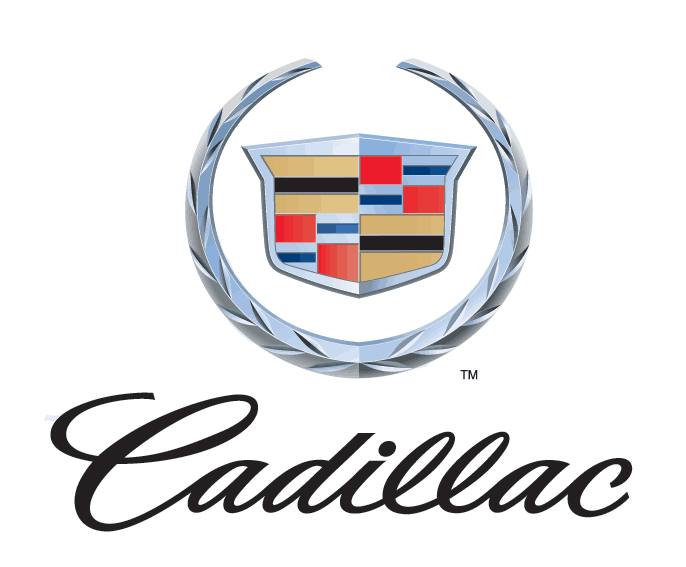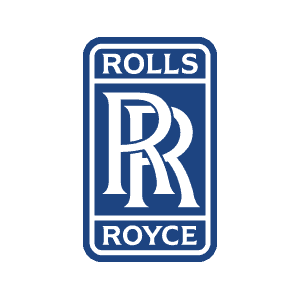Austin-Healey 3000
The Austin-Healey 3000 was produced from 1959 – 1967 as a successor to the Austin-Healey 100 models.
The Healey 3000 is the most well-known model in the “Big Healey” series. Big Healey was a title given to the original Austin-Healeys to differentiate them from the later “Healey Sprite” models produced by a different company.
Because Donald Healey himself refused the integration of a 6-cylinder motor, he was now out of the picture for innovations within the project and Austin Motor Company had full reigns.
The Healey 100 was named after its ability to reach 100 mph, the “3000” in this model stems from the 3000 cc displacement within the motor. This 3-liter engine acted as a successor to the original 2.6-liter in the Austin-Healey 100/4.
As opposed to the 100/6, the Healey 3000 actually outperformed the original 100/4 model. At top speed, the 3000 could travel at 115 mph and reached 60 mph in just under 12 seconds from a standstill.
Four versions of the Austin-Healey 3000 were made available throughout the years.
Mark I
Produced from 1959 – 1962, the Mark I was very similar to the previous Healey 100/6. In fact, there were fewer changes made during the transition from the 100/6 to the 3000 than there were from the 100/4 to the 100/6.A less torque-filled 6-cylinder motor would mean easier shifting for non-professionals, while front disc brakes provided easier overall handling and safety.
Previous Healey models had back seat models available in the past, but Austin Motor started to implement this feature into the 3000 more commonly than ever before. These three years of Mark I production saw over 2,000 BN7 two-seaters made, while over 12,000 BT7 four-seater models vastly outnumbered them.
One of the few aesthetic differences to the Mark I was a rounded front-end grill. This intake was modeled after the 100S racing model and became the norm for all Big Healey 3000 models.
The Mark I performance:
- Top speed 115 mph
- Reached 0-60 mph 11.7 seconds
- Fuel consumption at an average of 21.6 mpg
Mark II
The Mark II saw production from 1962 – 1964.
Many of the Mark II changes came in the form of optional features, but a 5.3 sq inch set of three SU HS4 carburetors came standard.
Other permanent implementations included a straight-barred front grill and improved camshaft.
These small buffs slightly changed how the Mark II performed:
- Top speed 111 mph
- Reached 0-60 10.9 seconds
- Fuel consumption at an average of 23.5 mpg
Some optional features of the Mark II also included:
- Wireframe wheels
- Vastly improved braking package
- A hardtop model
Mark III
17,712 Mark III Austin-Healeys we produced from 1964 – 1967.
The Mark III had many performance-enhancing modifications:
- Higher lift camshaft
- New HS6 carburetor, increasing choke size to 2 inches from 1.75
- Assisted braking systems
The Mark II was the final Big Healey model. A demand for a smaller daily-driver required Austin Motor Company to focus their efforts toward other models — this in combination with new bumper regulations saw the end of the Big Healeys.
- Top speed 121 mph
- Reached 0-60 8.4 seconds
- Fuel consumption at an average of 20 mpg
Background and History
Austin Motor Company had begun leaning into a stronger mainstream appeal with their Austin-Healey 3000.
The Austin-Healey (much more Austin than Healey at this point) found heaps of success with the 3000 model. This car arguably became the most desired British sports car at the time and still stands as one of the classics. Around 44,000 Big Healey 3000s were made in total, and you can still find a surprising number of running models today.
While the Healey 3000 was huge in Britain, over 90 percent of the cars were exported to other countries (mainly North America), dispersing them around the world.

